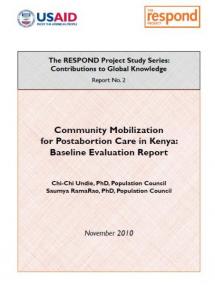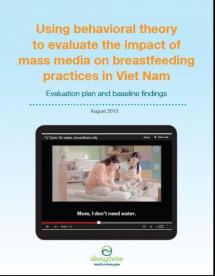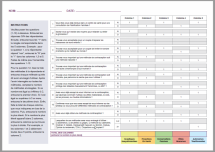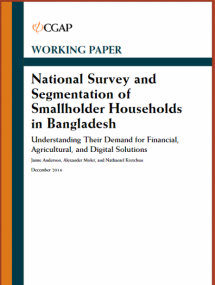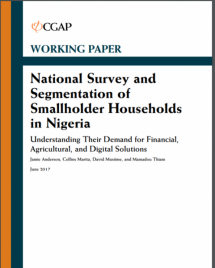Baseline Survey for PAC Project, Kenya
A baseline data collection exercise was carried out from May to June 2010 in Naivasha District to provide a benchmark against which the RESPOND intervention may be measured during endline evaluation. The evaluation used
a quasi-experimental design with intervention and control groups covering six study sites within Naivasha District, with measurements taken at baseline and endline. The baseline data collection comprised three components
- A community-based survey of approximately 600 women between the ages of 18 and 49
- An inventory of all public and private health facilities in the study area (n=11)
- Interviews with providers working at the identified facilities
Results included the following
- There is a clear need for PAC services at the evaluation sites
- Utilization of health services during pregnancy and delivery is limited
- Knowledge of family planning is high, but actual use is significantly lower
- Reasons for nonuse of family planning highlight the need for the intervention
Source: EngenderHealth
Date of Publication: March 25, 2019
SIMILIAR RESOURCES
Tools
Examples
- Prioritizing and Targeting SBC Investments for Youth
- Reaching First-Time Parents and Young Married Women for Healthy Timing and Spacing of Pregnancies in Burkina Faso
- Social Franchising: Improving Quality and Expanding Contraceptive Choice in the Private Sector
- Early Impacts of the COVID-19 Pandemic: Findings from the 2020 Guttmacher Survey of Reproductive Health Experiences
- Engaging Men and Boys: A Brief Summary of UNFPA Experience and Lessons Learned
- Essential Considerations for Engaging Men and Boys for Improved Family Planning Outcomes
- Social Behavior Change Programming for Public Health Emergencies: Lessons Learned from the USAID Zika Response in Latin America and the Caribbean
- Desk Review of Programs Integrating Family Planning with Food Security and Nutrition
- Making Content Meaningful: A Guide to Adapting Existing Global Health Content for Different Audiences
- Integrating Family Planning into Other Development Sectors

